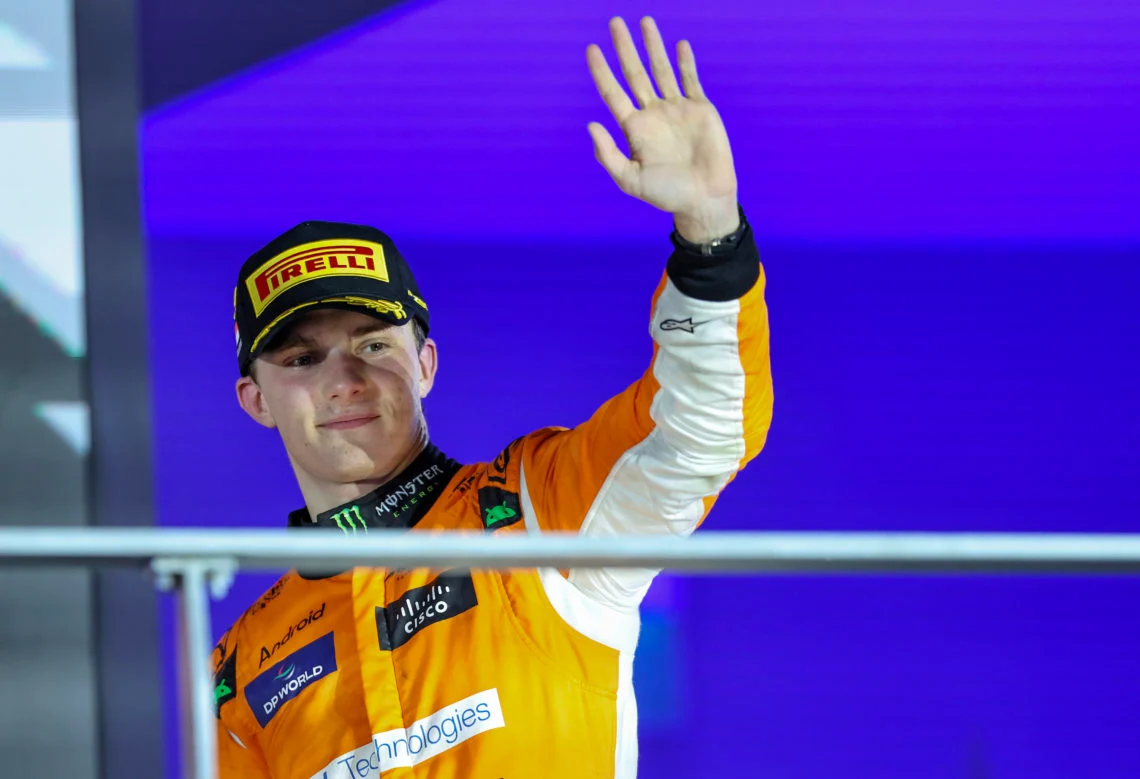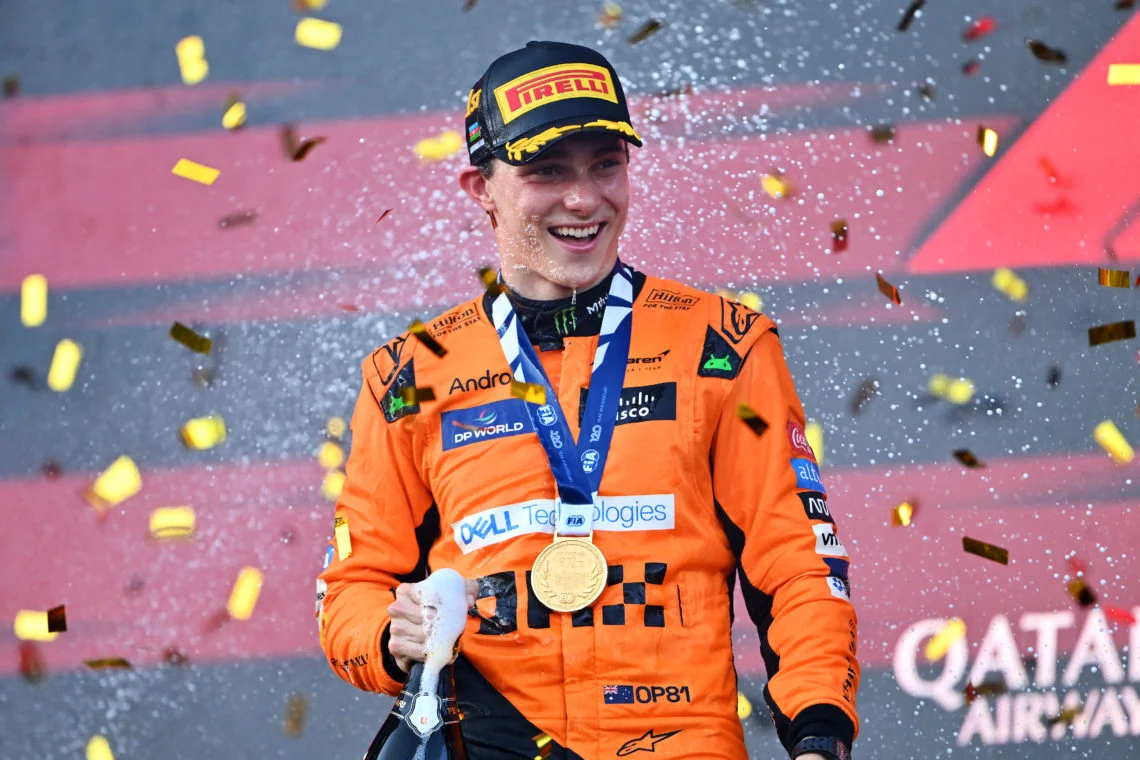Tom Stallard, a race engineer at McLaren, has shared impressive insights into Oscar Piastri’s rapid adaptation during his initial simulator session with the team. Piastri, who transitioned from a reserve role at Alpine to become a full-time driver for McLaren last season, has quickly established himself as a competitive contender in the 2024 F1 season, currently holding fourth place in the Drivers’ standings. Stallard’s observations highlight Piastri’s remarkable skills and ability to perform under challenging conditions, showcasing his potential as a top-tier driver.
During Piastri’s first session, he faced a technical issue with the simulator that prevented him from receiving real-time lap delta feedback, which typically provides drivers with information about their performance relative to previous laps. Despite this setback, Stallard noted that Piastri managed to match the lap times of the team’s established race drivers within just ten laps. This feat is particularly notable as it demonstrates Piastri’s innate ability to adapt quickly and effectively, even in the absence of explicit guidance or performance benchmarks.

Stallard emphasized the importance of allowing drivers the space to develop their skills independently. He explained that one of the critical roles of a race engineer is to avoid overwhelming the driver with too much information or feedback, which can create confusion and hinder performance. By stepping back and providing support only when necessary, engineers can facilitate a driver’s natural learning process, allowing them to find their optimal racing rhythm and make necessary adjustments on their own.
The fact that Piastri could quickly calibrate his driving style to match that of his more experienced teammates underscores his talent and potential for success in Formula 1. His previous achievements in Formula 3 and Formula 2 have laid a strong foundation for his transition to F1, and this simulator performance further cements his reputation as a driver capable of thriving under pressure. It’s a promising indicator of his future in the sport as he continues to refine his skills and adapt to the unique challenges of F1 racing.
Stallard’s reflections on Piastri’s early performance highlight not only the driver’s individual capabilities but also the strategic approach McLaren takes in developing its talent. By recognizing and nurturing Piastri’s natural instincts, the team aims to maximize his potential and contribute to his ongoing success in Formula 1. As the season progresses, Piastri’s ability to blend quick learning with performance will be crucial as he seeks to establish himself as a leading driver in the competitive world of motorsport.

